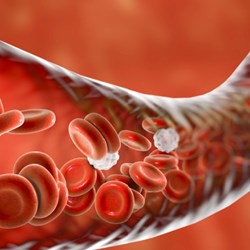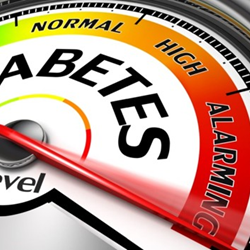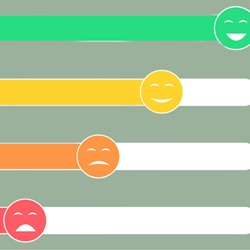Non diabetic hyperglycaemia
Non-diabetic hyperglycaemia (NDH), also known as prediabetes, is a condition where blood sugar levels are higher than normal but not high enough to be diagnosed as type 2 diabetes. It’s a sign that your body isn't managing glucose as well as it should, and without changes to your lifestyle, there is a higher risk of developing type 2 diabetes in the future.
Having NDH doesn’t mean you will definitely go on to develop diabetes, but it is a warning sign. The good news is that with the right support and information, many people can bring their blood sugar levels back into a healthier range and reduce their risk.
Watch our short video explaining what NDH is, what it means for your health, and what you can do about it.
If you're at risk of developing type 2 diabetes, we recommend taking the Diabetes Prevention online course, which provides practical advice on how to lower your risk and maintain your health.
Advanced Search
Resource type -
Language -
Type of diabetes -
This page explains the different types of blood glucose tests used to identify and monitor non-diabetic hyperglycaemia (NDH), including what the results mean and how they relate to your risk of developing type 2 diabetes.
This page helps you understand your risk of developing type 2 diabetes and provides a link to a quick online tool that can assess your risk based on simple questions about your health and lifestyle.
Being at high risk of type 2 diabetes is officially called non-diabetic hyperglycaemia or NDH. It means that the glucose levels in your blood are higher than normal, but not high enough for a diagnosis of type 2 diabetes.
This page explains the different risk levels for developing type 2 diabetes, what they mean, and how they’re assessed using blood test results and other risk factors.





